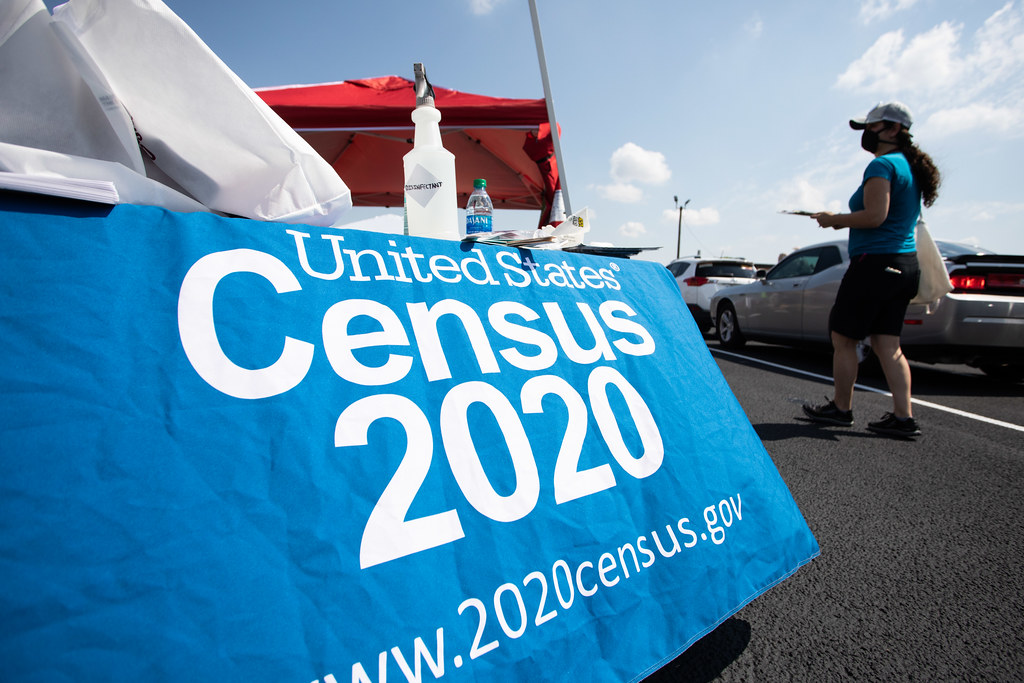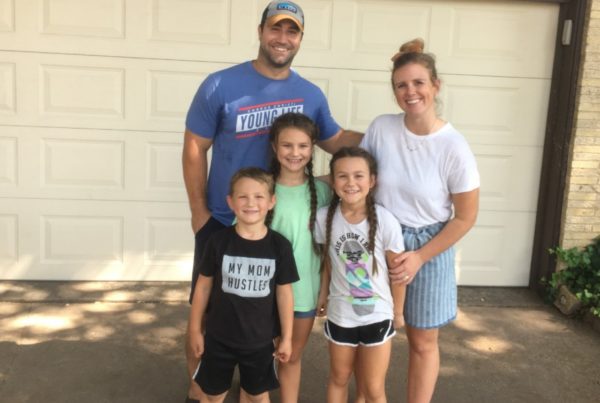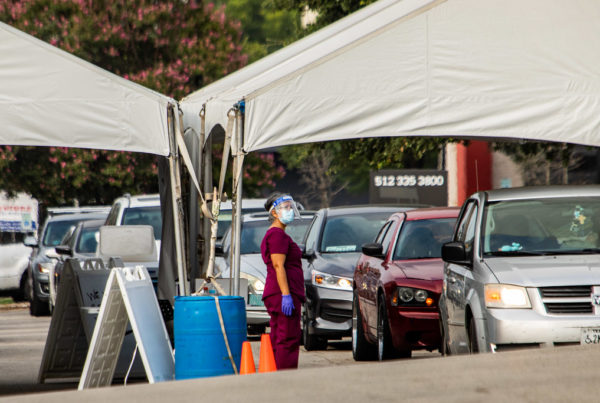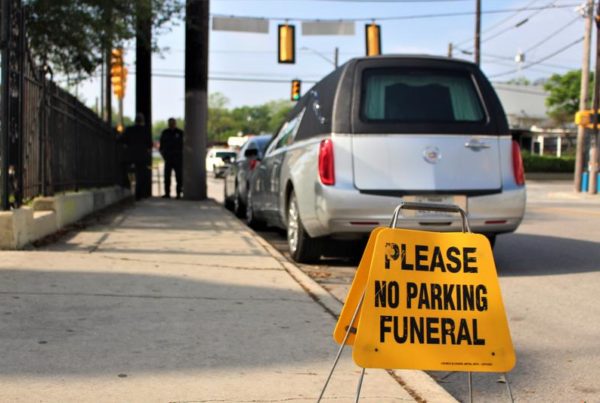The clock is ticking on the 2020 census count. With just 14 days left, census workers have to try to get a complete count of every person living in the United States – a huge endeavor that takes place every 10 years.
But participation in the census is not consistent across Texas. And there are long-term consequences of an inaccurate count – from less federal money for needed programs to fewer Texas representatives in Congress.
Texas Standard spoke with three local officials who are trying to get the word out about the census in their communities. Lonnie Hunt is director of the Deep East Texas Council of Governments; Sarah Hidalgo Cook is general manager of the Southwest Area Regional Transit District; and Denise Vasquez is research coordinator for the UT Health Science Center at Houston’s El Paso Campus.
Barriers to an accurate count in rural areas
Out in Deep East Texas – a cluster of 12 counties – Hunt said the response rate ranges from about 30%-52%, which is low. And this year, the Census Bureau didn’t send surveys by mail to rural residents in his area, which he said was puzzling.
“Most of the households in our region did not receive anything in the mail from the Census Bureau, which I don’t fully understand because even rural people have mailboxes,” Hunt said.
On its web site, the Census Bureau said “areas less likely to respond online, approximately 21.8% of households, will receive a paper questionnaire along with the invitation to respond online or over the phone.”
In Hidalgo Cook’s area, west of San Antonio, she said many living in colonias don’t have mailboxes, and the Census Bureau doesn’t send surveys to P.O. boxes. Also, residents there may be afraid to open their door to a census worker, fearing that answering the survey could mean they’ll lose state benefits, she said.
They also may not realize why the census matters or how it could actually benefit them.
“It’s kind of the same thing when somebody gets called in for jury duty – you have a large percentage of people that just don’t do it,” Hidalgo Cook said. “It’s not of interest to them because they don’t realize how much it does really impact their day-to-day life.”
Retooling the census count because of the pandemic
Hunt said the pandemic changed everything: “We had to totally retool our whole effort,” he said.
He had planned for extensive community outreach in churches, at local events, schools and community meetings, to encourage residents to fill out their surveys. Now, his outreach is mainly through advertising and social media.
In Southwest Texas, where the census response rate is about 30%, Hidalgo Cook said her agency had planned to disseminate census information to people who ride on the SWART rural transportation service. Normally, it serves about 600-900 riders per day. Since the pandemic, ridership has fallen by about 70%, so the agency is calling clients instead to remind them about the census. It’s also using using social media and newspapers to get the word out.
Internet connectivity plays a big role
In much of rural Texas, internet connectivity is poor. Hunt said Deep East Texas is “greatly undeserved” when it comes to broadband service. In Southwest Texas, Hidalgo Cook said many of the colonias don’t have any internet service.
That’s a problem since the Census Bureau has moved much of its census count online. “For the first time, everyone can respond to the 2020 Census online, by phone or by mail,” the bureau wrote in December 2019.
“It’s almost like one thing after another that’s causing concern with me that we’re going to end up with an undercount,” Hunt said.
Besides the problem of poor connectivity, Hidalgo Cook said some like the elderly simply aren’t familiar enough with the internet to use it for their survey. And that means they could be missed if there’s problems with an in-person count or count-by-mail effort in their area.
What Texans can do to improve the count
In El Paso, where the census response rate is 65% in El Paso County, but as low as 25% in neighboring counties, Denise Vasquez said talking about the census with neighbors and friends is key. Only about 1 in 5 households open the door to census workers, she said.
“Check in with them, ask them if they’ve completed it. If they haven’t, help them; connect them to the [phone] numbers and also to the local organizations who are out there daily helping people to complete their census survey,” Vasquez said. “This is going to help you recover; it’s going to help our communities recover from the pandemic.”
“Hard-to-count” populations aren’t always what they seem
Hunt said while rural populations can be hard to count, there are other groups that tend to get missed, too. He said don’t discount 30-something professionals because that group will be filling out their own census surveys for the first time. Ten years ago, he said, they were likely living with their parents.
“Don’t assume anything don’t take anything for granted. Talk it up with everybody,” he said.














